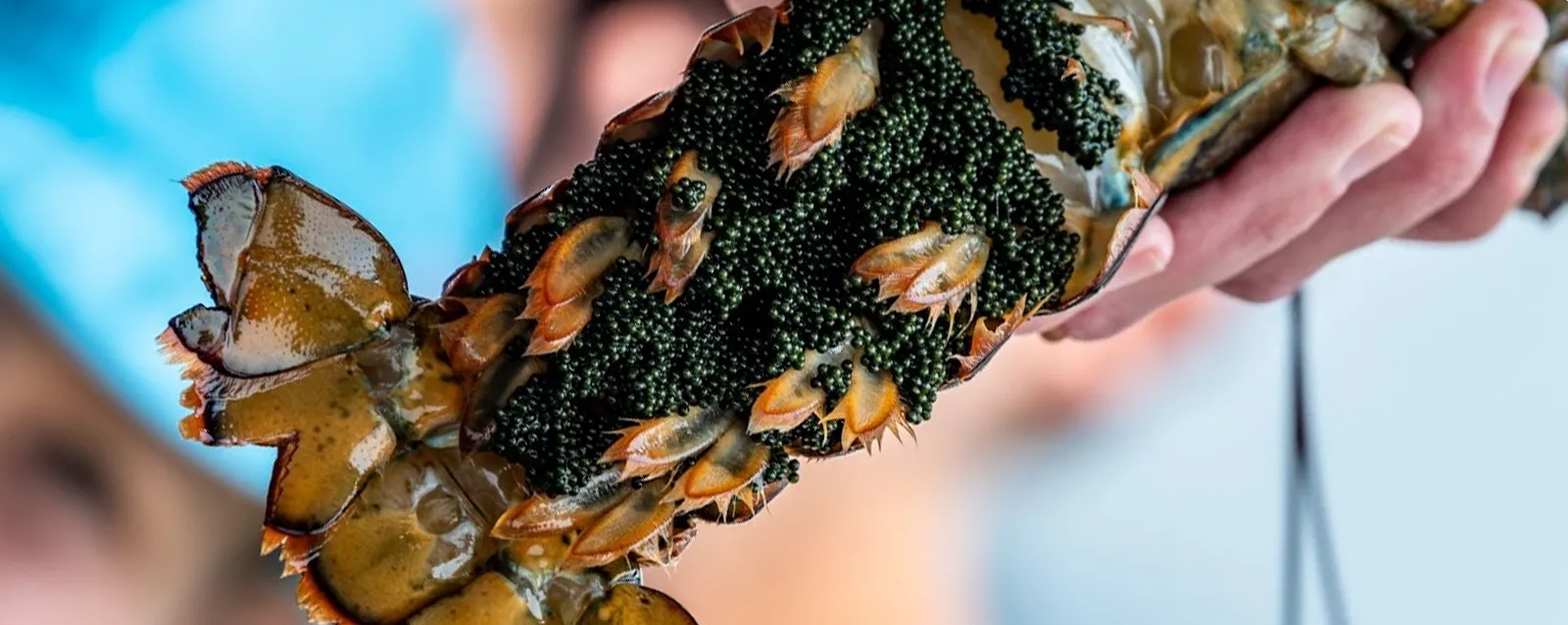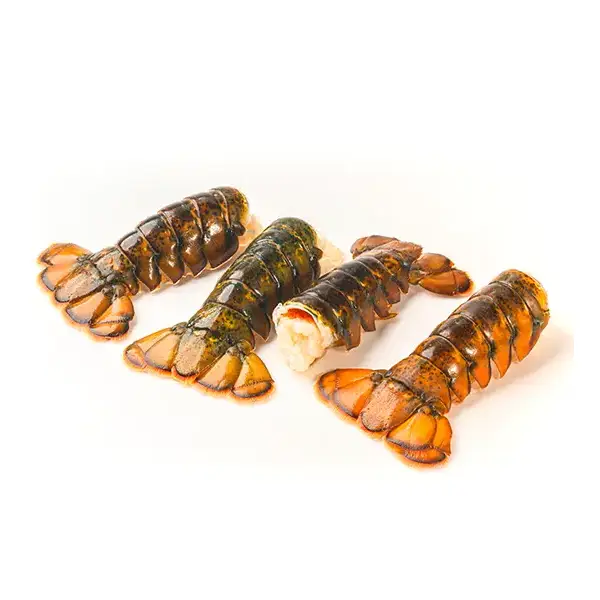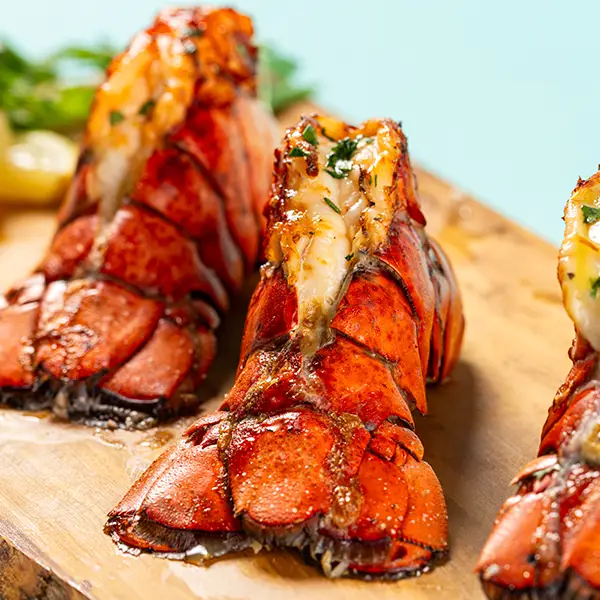
Lobster Mating Rituals Explained
Few marine creatures captivate our curiosity quite like Maine lobsters, especially when it comes to their fascinating mating rituals. From elaborate dominance battles to peculiar communication methods involving pheromones and urine, these rituals showcase nature’s complexity beneath the ocean waves. Let’s explore the intriguing life cycle and reproduction patterns of Maine lobsters.
Growth Cycles: How Lobsters Reach Adulthood
The lobster is classified in the phylum Arthropoda, a group of animals that possess an exoskeleton. Arthropods make up almost 85% of all known creatures on earth. Some, such as spiders and other insects, reside on land, and others, such as lobsters and crabs, are aquatic and are included in the subphylum Crustacea.
A lobster’s exoskeleton does not grow as the lobster grows. Old shells are discarded when they are outgrown and replaced with a new one. Molting is the process by which lobsters and other arthropods shed their exoskeleton from a previous life stage. They can only grow after molting. Once their new cuticle is fully formed, lobsters liberate themselves from their old exoskeleton. Molting is essential to the growth of these animals. After five to ten years of molting and growing, a lobster finally reaches adulthood.
Once a lobster has reached adulthood, it’s ready to mate right? Not exactly. Sexual maturation depends on a couple of factors and differs by gender. Male and female lobsters must be capable of producing sperm or eggs, respectively, and must develop essential external characteristics. For males, size matters, so until a male is large enough to fight other mature males, his chances of reproduction are low.
Dominance Battles Among Male Lobsters
The ideal male for a female lobster is big and robust; males know this. For this reason, male lobsters will fight to establish dominance, and the fights can get rather intense. Winners will mate before the other lobsters even have the chance.
Round One: Display and Slap Fight
Show Off and Slapping: Male lobsters will start the fight by showing off how big they are and then start hitting or slapping each other with their claws closed. This will send a message but won’t cause any harm; this stage can last for over an hour. Sometimes, lobsters will not go past the slapping stage, but often they will, and that’s when things get serious.
Round Two: The Claw Lock Battle
Claw Lock and Grabbing: During the second round, lobsters open their huge, sharp claws with the intent to cause harm. They grab their opponent’s claws, joints, or antennae. Then they will pull, and sometimes even yank off their opponent’s limbs. As gruesome as this sounds, lobsters can handle it; they are able to regrow missing body parts during each molt cycle.
Round Three: Tail-Flipping Escape
Tail Flipping: As the fight comes to an end, one opponent will likely flee the scene while tail flipping, an innate escape mechanism found in marine and freshwater crustaceans. The winner will then stretch his arms and show off his strength.
Why Lobsters Urinate on Each Other
After the fight, female lobsters will wait in line to mate with the winner. The male lobster will then release pheromones by spraying urine through special nozzles on his face – yes, you read that right! Female lobsters also release pheromones in their urine to signal to the male that they are interested in mating with him. Her release also serves to calm down the male after his adrenaline-producing fight. Lobsters have antennules that they use to detect these pheromones (and also social and alarm cues), and to detect kairomones for food and predator cues.
According to the New England Aquarium (NEAQ), a lobster’s urine stream can reach up to seven times the length of the lobster’s body. Urinating is an essential form of communication in the lobster world. While it may sound weird, remember that cats, dogs and some wild animals use urine to mark their territory.
Shacking Up: Lobster Courtship Explained
Fighting isn’t the only action the male needs to take to mate. Male lobsters must also have a burrow ready for the female to enter. This is crucial because the female needs a safe place while starting another stage of their mating ritual: molting.
But a female lobster won’t molt until she’s sure he’s the one. She will release pheromones for a short while until the male calms down and gets in the mood. Only then will he let her into his burrow.
Once she moves into his burrow, they will spend a few days getting to know each other. This starts with a mock fight, and afterward, the male will even stroke the female tenderly, as has been described by some researchers.
Mating Process of Maine Lobsters
After the “fighting” and the stroking, the female will molt away her hard shell, making herself very vulnerable to the male lobster. Then, they will mate.
The male lobster will turn the female on her back to mate once her hard carapace has been shed. He then uses his first pair of swimmerets to puncture her abdomen and deposit sperm packets into her sperm receptacles.
The female lobster will stay there for days and even weeks while a new hard shell grows; this way, she will be protected from predators who could take advantage of her vulnerable state. She will let other female lobsters know they coupled up through her urine.
Egg Bearing and Raising Baby Lobsters
Female lobsters can essentially decide when they want to become mothers; they can store the deposited sperm packets for up to two years before releasing their 3,000 to 75,000 eggs.
The baby lobsters take another 9 to 12 months to develop and hatch, and during this time, the female lobster will carry her babies under her belly. When she finally releases them, they are then in their larval stage. At this stage, lobsters will drift in the ocean on their own, and feed on zooplankton. If they survive during this vulnerable time, they will soon start molting and growing. They will increase in size during each molt until they reach adulthood.
And then the miraculous cycle of a lobster’s life begins again!
Sustainable Practices: Protecting Egg-Bearing Females
Under maritime law, any Maine lobster caught and identified as a female egg-bearing lobster, or “egger,” must be marked as such with a notch on her tail, and then released back into the ocean. This is just one of the sustainable practices we support here at ShopLobster to ensure the lobster population continues to thrive and grow. We also believe that developing a deeper understanding of the life cycle of every lobster we ship live, directly to your door, enhances the experience and enjoyment of such a special meal. To explore all of the great products we have to offer, visit ShopLobster today!
Ready to Experience the Best Maine Lobster?

LIVE MAINE LOBSTER
The ultimate fresh seafood experience, sustainably harvested and delivered overnight.
SHOP LIVE LOBSTER
FROZEN LOBSTER TAILS
Premium tails flash-frozen to preserve flavor and texture. Perfect for special occasions.

BEST LOBSTER MEAT
Ready-to-use claw, knuckle, and tail meat for effortless gourmet meals.
Understanding the fascinating life cycles and mating rituals of lobsters deepens your appreciation for these amazing creatures. Ready to savor the unmatched flavor of sustainably sourced Maine lobster? Discover our premium selection of fresh live lobsters or convenient frozen lobster tails today. Make your next meal unforgettable with ShopLobster.
If you’ve ever wondered why Maine lobsters come at a premium, it’s not just about taste, though their sweet, tender meat is second to none. From the cold Atlantic waters to the care taken in sustainable harvesting, there are compelling reasons behind their value. Learn why Maine lobster costs more and explore the top reasons to buy live Maine lobster to fully appreciate what sets them apart from the rest.
Frequently Asked Questions
Lobsters grow by molting, which involves shedding their hard outer shell (exoskeleton) and forming a new, larger one. This process occurs multiple times during their juvenile stage and slows down as they reach adulthood.
Male lobsters fight to establish dominance, as females prefer to mate with the strongest and most robust males. These fights can involve claw slapping, grabbing, and even tail flipping, showcasing the male’s strength.
Lobsters use urine to communicate. Both males and females release pheromones in their urine to signal mating readiness. This unique behavior helps calm the male and initiates the mating process.
Female lobsters can store sperm packets for up to two years, allowing them to choose the optimal time to fertilize and release their eggs. This ensures better survival chances for the offspring.
A female lobster can carry between 3,000 and 75,000 eggs under her abdomen. These eggs remain attached until they hatch, which can take 9 to 12 months.
After hatching, baby lobsters drift in the ocean during their larval stage, feeding on zooplankton. They eventually settle on the ocean floor, molt, and grow until they reach adulthood.
Yes, under maritime law, egg-bearing female lobsters (known as “eggers”) must be marked with a notch on their tail and released back into the ocean to ensure the sustainability of lobster populations.
ShopLobster offers sustainably harvested live Maine lobsters and frozen lobster tails, delivered directly to your door. Explore our selection for the freshest and most flavorful lobster products available.





